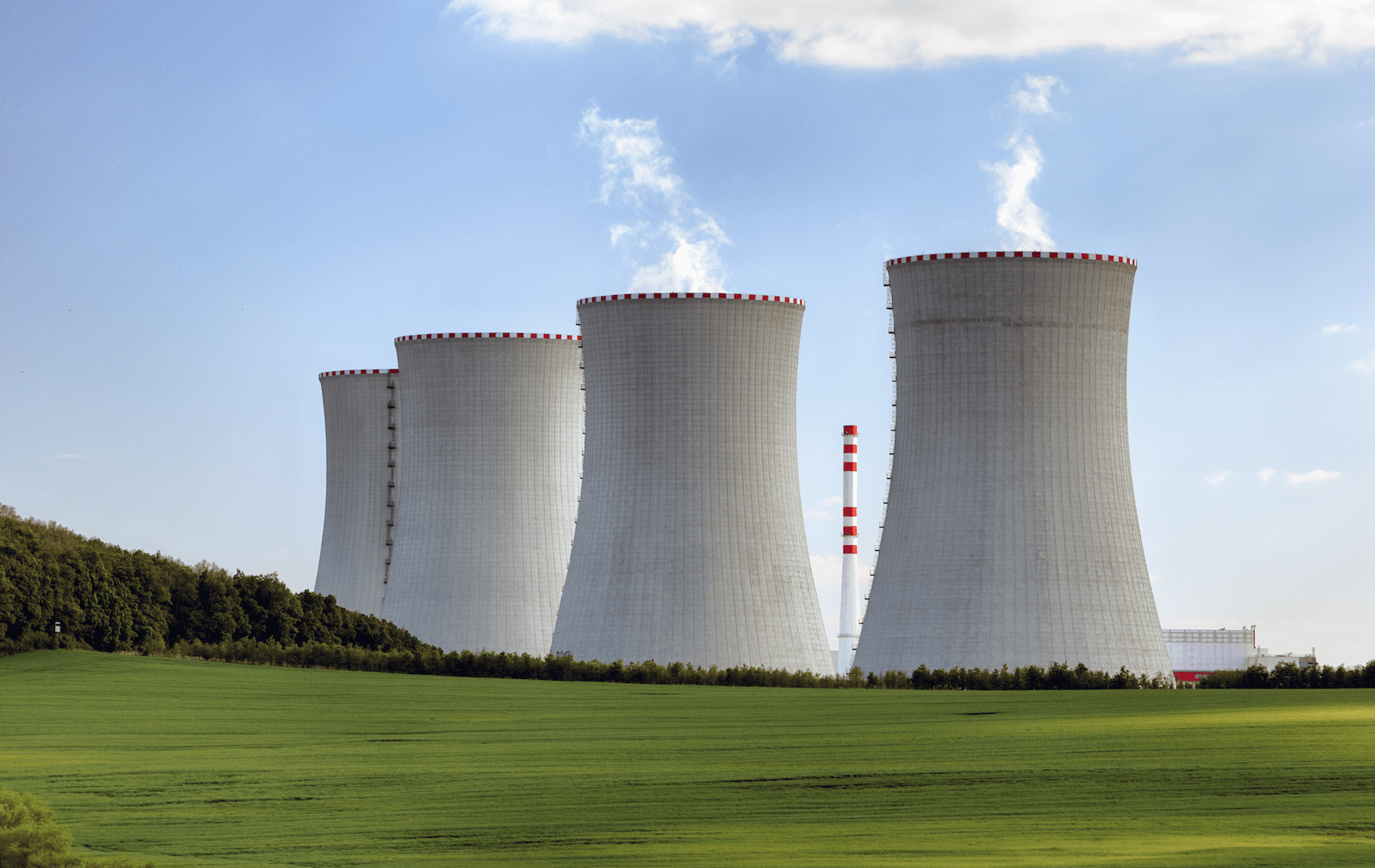On Nuclear, Biden Could Learn from Boris

Under pressure to relieve his country’s “addiction” to Russian oil and gas and shore up energy security, British Prime Minister Boris Johnson wisely established his commitment to nuclear power for the U.K. In front of a roundtable of producers, researchers, and investors hosted at Downing Street last Monday, Johnson announced his goal to supply 25 percent of the U.K.’s future electric grid with nuclear energy. Johnson acknowledged this goal would require cutting unnecessary red tape and securing supply chains. Both are prerequisites for national and energy security, and President Biden needs to follow suit.
While the U.K. currently gets 16 percent of its electricity from nuclear power, Johnson’s 25 percent goal is highly ambitious considering that all but one of the U.K.’s remaining nuclear plants are set to close by 2030. The U.S. is on the same trajectory, only on a much larger scale.
The U.S. has 93 nuclear reactors, compared to the U.K.’s 11. More than half of the U.S. reactors are on track to shut down by 2030 under current policy. And while the future is bright for advanced nuclear technologies like small modular reactors, large-scale deployment of these smaller reactors will require unprecedented levels of investment. Unfortunately, investor confidence has been eroded after decades of bad public policy. Changing that will require, at the very least, overhauling the current regulatory framework and creating a level playing field between nuclear, solar, and wind.
Cutting red tape doesn’t mean skimping on safety measures. It means bringing outdated bureaucratic policy up to speed with the safety measures the nuclear industry has already implemented. As the Nuclear Energy Institute (NEI) claimed in a 2018 report, “the [Nuclear Regulatory Commission’s] inability to efficiently regulate when it comes to the use of innovative technologies is a key barrier to implementation, and slows efforts to improve safety.” For example, today’s next-generation reactors are subject to the same approval framework as last century’s large light-water reactors. The technology and safety features of these advanced reactors are significantly different from the ones currently in operation, almost all of which were designed before 1980. The regulatory process should reflect that.
Government policy should ensure nuclear energy is treated fairly in relation to other sources of clean energy. Solar and wind, for example, have benefited from decades of enormous government subsidies and mandates while politicians ignored nuclear. Existing commercial nuclear plants are struggling to stay afloat due to these ideological decisions. Proposals in the U.S., such as the Energy Sector Innovation Credit, would phase out the inefficient, distorting subsidies of the past and focus instead on supporting innovative, emerging technologies without choosing winners and losers.
Given the increasing importance of energy security, it is equally crucial to ensure the U.S. has a secure supply of uranium. While the U.S. used to supply most of its own uranium, domestic production has plummeted in recent years and the vast majority is now imported from overseas. Concerningly, 16 percent of U.S. uranium imports in 2020 came from Russia and 22 percent from Kazakhstan, another unstable regime. Russia also dominates the market for uranium enrichment, in which it holds a 43 percent share. Uranium prices have climbed recently in response to proposed bans on Russian uranium imports, as well as recent political upheaval in Kazakhstan.
If nuclear energy is going to have a future in America, we need to once again start mining at home. We know how to do this safely and efficiently. Domestic mining is particularly important for advanced reactors, which require a type of fuel called High-Assay Low-Enriched Uranium, which we aren’t able to produce yet. As NEI pointed out in a 2022 white paper, current environmental review processes need to be expedited for enrichment facilities to ensure that when advanced reactor technologies are ready, the U.S. is not relying on unstable markets to supply the fuel.
Unfortunately, the Biden administration has sent confusing signals about its plan for the nuclear industry. While there has been some positive language, Biden has noticeably refrained from giving it the same P.R. treatment as solar and wind, especially during high-profile opportunities like the State of the Union. Meanwhile, the Department of Energy’s 2021 Solar Futures Study all but advocates for killing the nuclear industry, proposing a 2050 electric grid composed of 89 percent solar and wind power and just 4 percent nuclear power, the latter of which is currently responsible for about 20 percent of the electricity generated in the U.S.
This is the type of rhetoric that only alienates potential investors. Nuclear reactors and uranium-enrichment facilities are expensive to produce, and investors need justification for the high upfront capital required. Moreover, the U.S.’s failure to revamp our regulatory process and level the playing field for nuclear energy risks creating an overreliance on renewable forms of energy. We can’t afford the impact such an overreliance on renewables would have on our energy security, as Germany has experienced firsthand.
By clearly defining a national goal and admitting the need to remove unnecessary political barriers, Boris is giving the nuclear industry a chance to reduce the U.K.’s carbon emissions and contribute to the nation’s energy security. Your turn, Joe.
Christopher Barnard is the national policy director at the American Conservation Coalition (ACC). His work has been published in The Hill, The Washington Examiner, National Review, and more. Follow him on Twitter @ChrisBarnardDL.
Comments